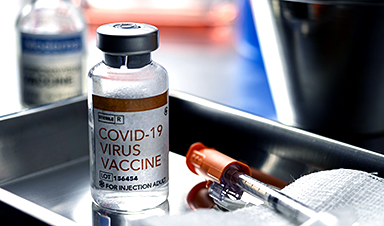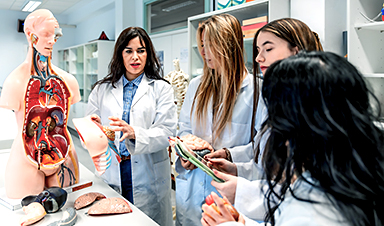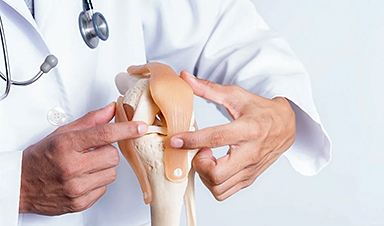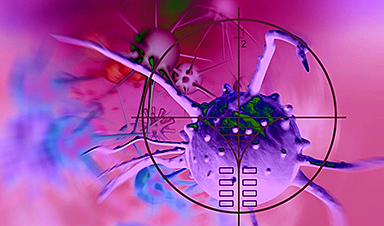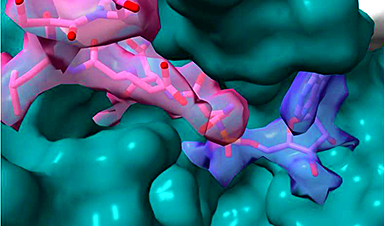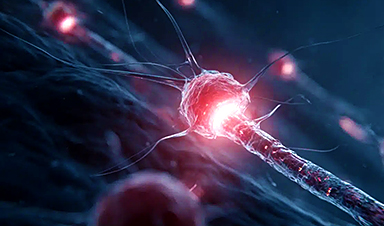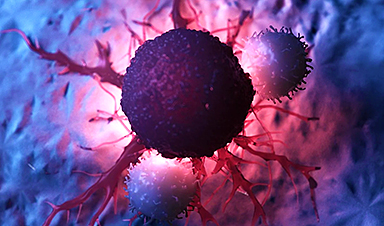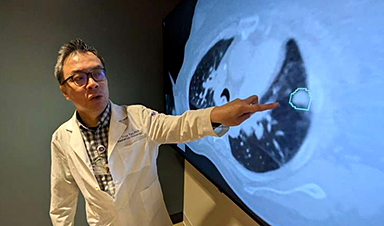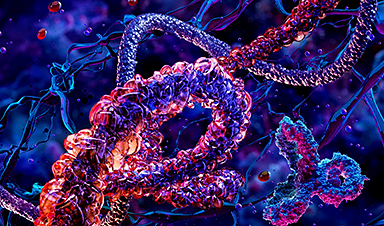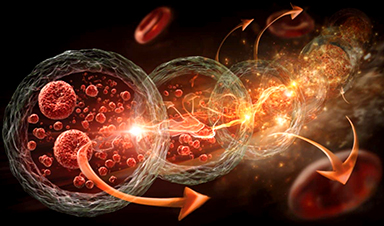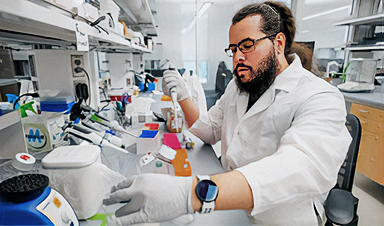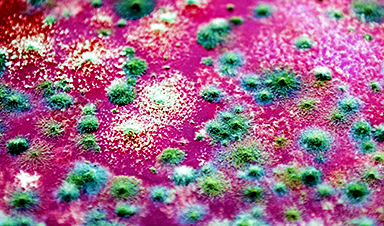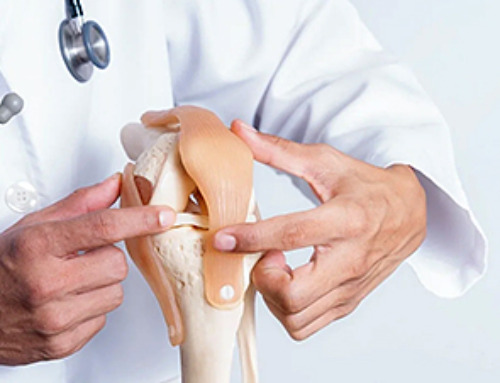University at Albany researchers at the RNA Institute have developed a new method to test COVID-19 vaccine integrity that could allow anyone with basic skills in vaccine handling to detect expired vaccines quickly and effectively, without specialized lab equipment.
By employing laser-derived signals to assess vaccine stability, the method can be performed on sealed vials with no disruption to the vaccine’s therapeutic effects. The system could be contained in a portable unit for easy transport and handling.
The research marks an important advancement in mRNA vaccine technology and was featured on the January 2024 cover of Analytical Chemistry.
“Current methods for testing the integrity of mRNA-based vaccines are destructive, time-consuming, costly and require highly skilled personnel,” said collaborator Lamyaa Almehmadi, who led this study as a Ph.D. student at UAlbany’s RNA Institute and is now working as a postdoc at MIT.
“There is an unmet need for a quick and easy method to test the stability of mRNA vaccines distributed to vaccine clinics, medical offices and pharmacies worldwide. To the best of my knowledge, our method is the first to enable an in-situ, non-destructive and reagent-free approach for mRNA stability analysis in mRNA-based vaccines.”
When the first mRNA vaccines for COVID-19 were being rolled out, concerns quickly emerged around vaccine transport and storage. This is because the vaccines rely on active mRNA molecules that can degrade with prolonged exposure to sunlight and/or temperatures outside the range of minus 80 to minus 20 degrees Celsius.
Although mRNA vaccines pose special logistical challenges, the global public health community has successfully implemented systems to maintain optimal conditions for vaccine stability. With these systems in place, this new method can provide an additional layer of assurance to guarantee vaccine stability and bolster confidence in their efficacy.
Using lasers to assess vaccine stability
The method employs a unique Raman spectroscopy instrument developed by UAlbany’s Igor Lednev, the Williams-Raycheff Endowed Professor in the Department of Chemistry. The technique involves pointing an ultraviolet (UV) laser into a liquid, which creates scattered light that can be detected and analyzed, revealing chemical signatures.
Since its invention about 20 years ago, Lednev’s lab has adapted the technology, combined with advanced machine learning, for various applications including forensic science and disease detection.
In this latest application, Lednev’s team developed a way to detect small changes in mRNA structure that indicate loss of therapeutic functionality.
“Our method works by shining a deep-UV laser through a vial of vaccine and collecting the resulting scattered light,” said Almehmadi.
“This scattered light is then detected by our instrument, and our software processes it to yield the RNA signature, known as the Raman spectrum. The mRNA Raman spectrum is then used for RNA degradation analysis. The test is rapid, typically taking just a few minutes to complete.”
Compact tech to improve accessibility
Unlike existing methods used to test vaccine stability which require specialized training and must be conducted in a lab, this method can be fully contained in a handheld instrument. It is also non-invasive, so could be used to test multiple vials of vaccine, which, if found to be stable, could then be administered.
“Individuals with basic training in handling vaccine vials and operating the instrument could utilize our method effectively in a variety of settings outside a lab,” said Almehmadi.
“Furthermore, with the assistance of advanced software, the process of data collection and results interpretation can be automated, making it accessible to a wider range of users.”
“The technology that we’ve developed in this study is universal in several important ways,” said Lednev.
“It allows for obtaining mRNA spectral characteristics in situ without disintegrating the vaccine capsule. It is also nondestructive; should the test result be positive, the vaccine could then be used for the treatment. For these reasons, our novel technology might find numerous applications for testing the stability of various mRNA vaccines, and mRNA therapeutics in general.”
Lednev notes that this work was a collaborative, interdisciplinary effort made possible with the expertise of Alexander Shekhtman and Sergei Reverdatto, both in UAlbany’s Department of Chemistry, who designed and prepared the model vaccines used in this study and conducted biochemical tests to evaluate vaccine stability.
More information: Lamyaa M. Almehmadi et al, In Situ Stability Test for mRNA Vaccines Based on Deep-UV Resonance Raman Spectroscopy, Analytical Chemistry (2023). DOI: 10.1021/acs.analchem.3c01761
Journal information: Analytical Chemistry
Provided by University at Albany
News
Repurposed drugs could calm the immune system’s response to nanomedicine
An international study led by researchers at the University of Colorado Anschutz Medical Campus has identified a promising strategy to enhance the safety of nanomedicines, advanced therapies often used in cancer and vaccine treatments, [...]
Nano-Enhanced Hydrogel Strategies for Cartilage Repair
A recent article in Engineering describes the development of a protein-based nanocomposite hydrogel designed to deliver two therapeutic agents—dexamethasone (Dex) and kartogenin (KGN)—to support cartilage repair. The hydrogel is engineered to modulate immune responses and promote [...]
New Cancer Drug Blocks Tumors Without Debilitating Side Effects
A new drug targets RAS-PI3Kα pathways without harmful side effects. It was developed using high-performance computing and AI. A new cancer drug candidate, developed through a collaboration between Lawrence Livermore National Laboratory (LLNL), BridgeBio Oncology [...]
Scientists Are Pretty Close to Replicating the First Thing That Ever Lived
For 400 million years, a leading hypothesis claims, Earth was an “RNA World,” meaning that life must’ve first replicated from RNA before the arrival of proteins and DNA. Unfortunately, scientists have failed to find [...]
Why ‘Peniaphobia’ Is Exploding Among Young People (And Why We Should Be Concerned)
An insidious illness is taking hold among a growing proportion of young people. Little known to the general public, peniaphobia—the fear of becoming poor—is gaining ground among teens and young adults. Discover the causes [...]
Team finds flawed data in recent study relevant to coronavirus antiviral development
The COVID pandemic illustrated how urgently we need antiviral medications capable of treating coronavirus infections. To aid this effort, researchers quickly homed in on part of SARS-CoV-2's molecular structure known as the NiRAN domain—an [...]
Drug-Coated Neural Implants Reduce Immune Rejection
Summary: A new study shows that coating neural prosthetic implants with the anti-inflammatory drug dexamethasone helps reduce the body’s immune response and scar tissue formation. This strategy enhances the long-term performance and stability of electrodes [...]
Scientists discover cancer-fighting bacteria that ‘soak up’ forever chemicals in the body
A family of healthy bacteria may help 'soak up' toxic forever chemicals in the body, warding off their cancerous effects. Forever chemicals, also known as PFAS (per- and polyfluoroalkyl substances), are toxic chemicals that [...]
Johns Hopkins Researchers Uncover a New Way To Kill Cancer Cells
A new study reveals that blocking ribosomal RNA production rewires cancer cell behavior and could help treat genetically unstable tumors. Researchers at the Johns Hopkins Kimmel Cancer Center and the Department of Radiation Oncology and Molecular [...]
AI matches doctors in mapping lung tumors for radiation therapy
In radiation therapy, precision can save lives. Oncologists must carefully map the size and location of a tumor before delivering high-dose radiation to destroy cancer cells while sparing healthy tissue. But this process, called [...]
Scientists Finally “See” Key Protein That Controls Inflammation
Researchers used advanced microscopy to uncover important protein structures. For the first time, two important protein structures in the human body are being visualized, thanks in part to cutting-edge technology at the University of [...]
AI tool detects 9 types of dementia from a single brain scan
Mayo Clinic researchers have developed a new artificial intelligence (AI) tool that helps clinicians identify brain activity patterns linked to nine types of dementia, including Alzheimer's disease, using a single, widely available scan—a transformative [...]
Is plastic packaging putting more than just food on your plate?
New research reveals that common food packaging and utensils can shed microscopic plastics into our food, prompting urgent calls for stricter testing and updated regulations to protect public health. Beyond microplastics: The analysis intentionally [...]
Aging Spreads Through the Bloodstream
Summary: New research reveals that aging isn’t just a local cellular process—it can spread throughout the body via the bloodstream. A redox-sensitive protein called ReHMGB1, secreted by senescent cells, was found to trigger aging features [...]
AI and nanomedicine find rare biomarkers for prostrate cancer and atherosclerosis
Imagine a stadium packed with 75,000 fans, all wearing green and white jerseys—except one person in a solid green shirt. Finding that person would be tough. That's how hard it is for scientists to [...]
Are Pesticides Breeding the Next Pandemic? Experts Warn of Fungal Superbugs
Fungicides used in agriculture have been linked to an increase in resistance to antifungal drugs in both humans and animals. Fungal infections are on the rise, and two UC Davis infectious disease experts, Dr. George Thompson [...]
